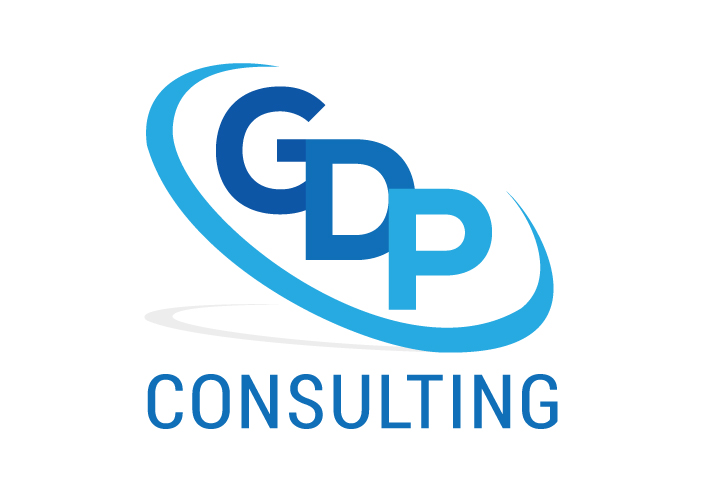The stakeholder of tomorrow is going to be very different from many of the stakeholders today. Thus it is essential for non-profit, public sector and corporate boards to realize that social networking is going to remain as a communication tool.
If boards accept this notion, then social media is one way to engage partners and all stakeholders because
- News travels very fast
- They are demanding openness and transparency
- One-way communication does not satisfy many and dialogue is necessary
- It is harder and harder to keep secrets
Social media serves many functions because it enables the board to communicate about many issues and build up a sense of trust and inclusion in the decision making process. Then when a crises happens, the board is not seen as an enemy or being out to ‘get’ a specific group/clientele.
Social media enables the board to tell its good-news stories. It opens the door to build positive relationships with stakeholders and demonstrate accomplishments.
Social media helps to build understanding. It is one way to provide information, demonstrate openness, practice the board’s values, and show stakeholders how the board is protecting their interests.
In policy, the board and CEO i) specify how social media can be used , ii) ensure the policy is communicated clearly, consistently and often to all board members and employees, ii) make plans to guarantee training is ongoing rather than a one-time event, and make it clear that social media practices adhere to the standards of behaviour and code of ethics of the organization. Policies outline which of the following negative communiques come to the board and which are handled by the CEO;
- Client/ primary stakeholder complaints,
- Employee issues,
- Public attacks on the board or any part of the organization
- Negative media reports
- Partners’ reactions to decisions, and
- Community reactions.
Stakeholders are made aware of the procedures and protocols which surround the use of social media and guaranteed that confidential information will not be released in any form in that context.
The board is in an excellent position to determine its specific risks associated with social media and can build those factors into its governance- risk process. It can prepare in advance for potential postings which have the potential to damage its reputation or open it to litigation.
The CEO can monitor compliance with organizational policy and advise the board of serious situations which could jeopardize potential or necessary decisions, relationships with partnerships, or any agreements which are being negotiated.
In the end, it is essential for boards to recognize that it is impossible to eliminate all risks associated with social media. The key is to have a social media policy and to let stakeholders and partners know the board is listening.
